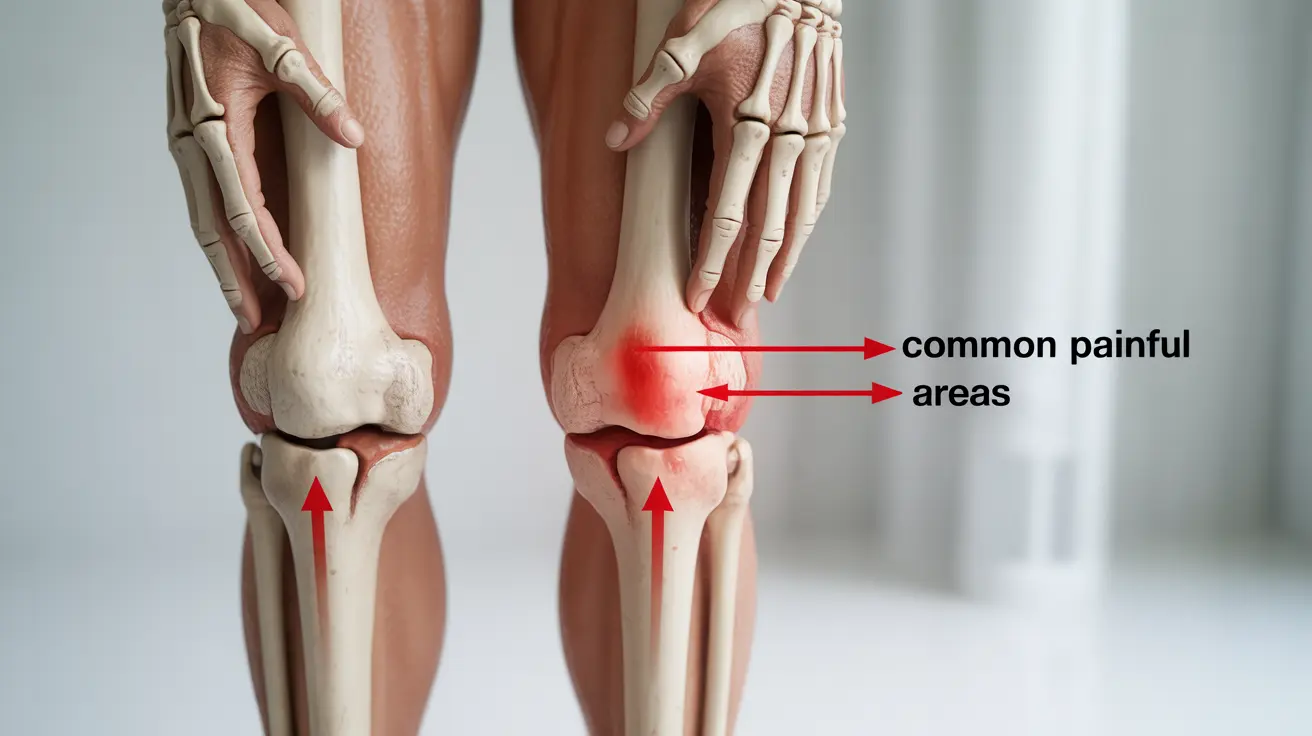Living with osteoarthritis can raise many concerns, especially when you experience pain in multiple joints. While osteoarthritis doesn't technically "spread" like an infection, it can develop in different joints over time, leading many people to wonder about its progression throughout the body.
Understanding how osteoarthritis affects various joints and why some people experience symptoms in multiple areas can help you better manage your condition and take proactive steps to maintain joint health.
How Osteoarthritis Develops in Multiple Joints
Osteoarthritis is a degenerative joint condition that occurs when the protective cartilage that cushions the ends of bones wears down over time. While it doesn't spread through the bloodstream like some other forms of arthritis, several factors can contribute to its development in multiple joints:
- Age-related wear and tear
- Previous joint injuries
- Genetic predisposition
- Obesity or excess weight
- Occupational stress on joints
- Biomechanical changes
Common Areas Affected by Osteoarthritis
Certain joints are more likely to develop osteoarthritis due to their frequent use and the stress they endure. The most commonly affected areas include:
- Knees
- Hips
- Hands and fingers
- Spine (particularly neck and lower back)
- Ankles
- Big toe
The Interconnected Nature of Joint Problems
When osteoarthritis affects one joint, it can indirectly impact others through changes in movement patterns. For example, limping to avoid knee pain can place extra stress on the opposite hip or ankle, potentially contributing to arthritis development in these joints over time.
Recognizing Multi-Joint Osteoarthritis Symptoms
When osteoarthritis affects multiple joints, you may experience various symptoms, including:
- Pain that worsens with activity
- Morning stiffness lasting less than 30 minutes
- Reduced range of motion
- Swelling around affected joints
- Clicking or cracking sounds during movement
- Muscle weakness around affected joints
Prevention and Management Strategies
While you can't completely prevent osteoarthritis from developing in other joints, several strategies can help minimize risk and manage symptoms:
Lifestyle Modifications
- Maintain a healthy weight
- Practice low-impact exercises
- Use proper body mechanics
- Protect joints during activities
- Stay physically active within comfort limits
Medical Interventions
Working with healthcare providers can help you develop an effective treatment plan that may include:
- Physical therapy
- Pain management techniques
- Appropriate medications
- Assistive devices when needed
- Regular monitoring of joint health
Frequently Asked Questions
Can osteoarthritis spread from one joint to other parts of the body?
Osteoarthritis doesn't spread like an infection, but it can develop in multiple joints over time due to factors such as age, genetics, and mechanical stress. Changes in movement patterns due to pain in one joint can sometimes lead to increased stress on other joints.
What are the most common joints affected by osteoarthritis?
The most frequently affected joints include the knees, hips, hands (especially finger joints), spine, and big toe. These joints typically bear more weight or undergo frequent use in daily activities.
How does osteoarthritis in one joint increase the risk of problems in other joints?
When one joint is affected by osteoarthritis, people often modify their movement patterns to avoid pain. These compensatory movements can place additional stress on other joints, potentially contributing to arthritis development in these areas over time.
What symptoms should I watch for if osteoarthritis affects multiple joints?
Key symptoms include pain that worsens with activity, morning stiffness, reduced range of motion, swelling, joint sounds during movement, and muscle weakness around affected joints. If you notice these symptoms in multiple areas, consult your healthcare provider.
What lifestyle changes can help prevent osteoarthritis from worsening or involving more joints?
Important lifestyle changes include maintaining a healthy weight, engaging in regular low-impact exercise, using proper body mechanics, protecting joints during activities, and staying physically active within comfortable limits. Working with healthcare providers to develop an appropriate management plan is also crucial.




